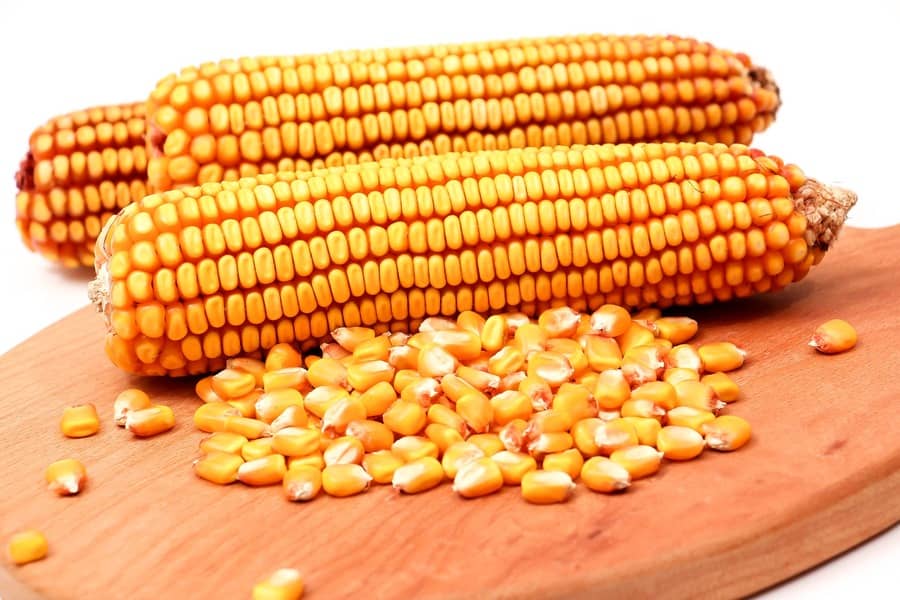Porto Alegre, May 23, 2023 – With each season, it becomes clearer that just increasing production does not guarantee profitability, and the effects of successively record crops impact price formation. While part of the market tries to find a culprit for the current situation and prices, the other part focuses on the real picture and the need to dispose of the giant upcoming second crop. A few crops are starting to be reaped in Mato Grosso, but the actual harvest should start with larger volumes from mid-June. The adaptation of prices to the reality of the port and the quick destination for exports is the only way to rebalance the internal market. The government’s action, without a doubt, will not change the market environment, may lead to more pressure from external prices and may delay the flow of exports from Brazil. Letting the market adjust naturally looks like the most coherent path for corn going forward.
Just increasing production does not guarantee profitability and market agents should guarantee this profitability to growers. The reality of supply and demand remains the most obvious practice for any market. In this process of realignment of international commodity prices, the new record for the Brazilian second crop directly affected domestic prices. Not necessarily because of the record, but because of this external environment of realignment, the decisions to sell soybeans by Brazilian growers, and the favorable climate of this 2023 second crop. Without a doubt, this is a year when prices are leaving their 2021/22 highs and trying to find their normal averages.
This is also happening with some inputs, of course within the speed of each production chain. Fertilizer prices have been on a downward trend since 2022, after reaching historic highs. Urea was one of the inputs whose prices have dropped the most in recent weeks. Without upward strength in oil and ammonia, urea has no room for price recovery. But, above all, the environment of international commodity prices should also reset input prices for this new reality. Therefore, for the 23/24 crop it will be very important for growers to assess the exchange ratio, given that there is no room for highs in seed prices in this recovery at these levels of corn prices.
While the US crop is progressing in good conditions, the Brazilian second crop has a drier second half of May in much of the country. For Mato Grosso and a good part of Goiás, the effects of reduced rainfall are smaller but will exist in crops planted later. For Paraná, Mato Grosso do Sul, São Paulo, and Paraguay there is still soil water reserve to support crops without major damage until mid-June. However, of course, without rains in pollination and silking, a few kilograms/hectare can be lost in production potential. Minas Gerais has later crops, a lot of sorghum still depending on rains, and may be the region most affected by less rainfall if the picture persists in June.
The second crop is then subject to some prospect of frost in June. There is a cold front coming to Argentina by the turn of the month, with a sharp decline in temperatures, possibly reaching Rio Grande do Sul. The models are still conflicting in projections. However, in the next six weeks the models do not show a risk of frost for second-crop regions of Brazil. Perhaps, some occurrences may be registered in the north of Paraguay. So, even if the internal market tries some price movements due to projections of some cold weather, the second crop is still without the prospect of being affected by frost in June.
So, the market of corn begins to withdraw its climate protections and convert to the production flow. Mato Grosso and Goiás, as well as part of Matopiba, are adapting to this port reality. In 2022, we had port prices between BRL 85/95/bag and enabled healthy prices in the interior of Brazil throughout the second crop harvest. Today, the external reality is different, and prices dropped to BRL 60/bag in the port last week, converting prices in the interior to levels that scare growers. However, the decision to excessively withhold soybeans now harms corn for space to receive the second crop. The market, then, positions itself to find liquidity for volumes, and this liquidity is in exports. The issue is that the ports are still congested by soybeans and will remain so until September. There will be corn shipments in June, July and August, but at a pace well below 2022. Shipments will only gain volume from September onward.
The view of prices for this second crop is really not good from the growers’ point of view. Consumers now have room to recover margins, and we hope that this will not be a factor to boost housing in the coming few months. Corn, like soybeans, needs a new fact and this point focuses primarily on the US crop. A light frost in Paraná will not change the price at the port and the production flow needs.
The government is trying to find a budget to operate in the corn market in some regions where the storage issue may be more complicated. In our opinion, it would be important for the government to let the market find its natural balance. Owing to the budget allocation and the size of the 2023 second crop, the need for volumes is very large. Any resources that the government finds for this will not be enough to balance the market, it could substantially delay sales and export decisions, besides causing more pressure on international prices. Allowing the market to rebalance seems to be the most sensible decision in relation to subsidy auctions that will not be able to solve the issue of profitability or flow of the 2023 second crop.
Follow the Safras Agency on our website. Also follow us on our Instagram and Twitter and stay on top of the main agribusiness news!
Copyright 2023 – Grupo CMA

